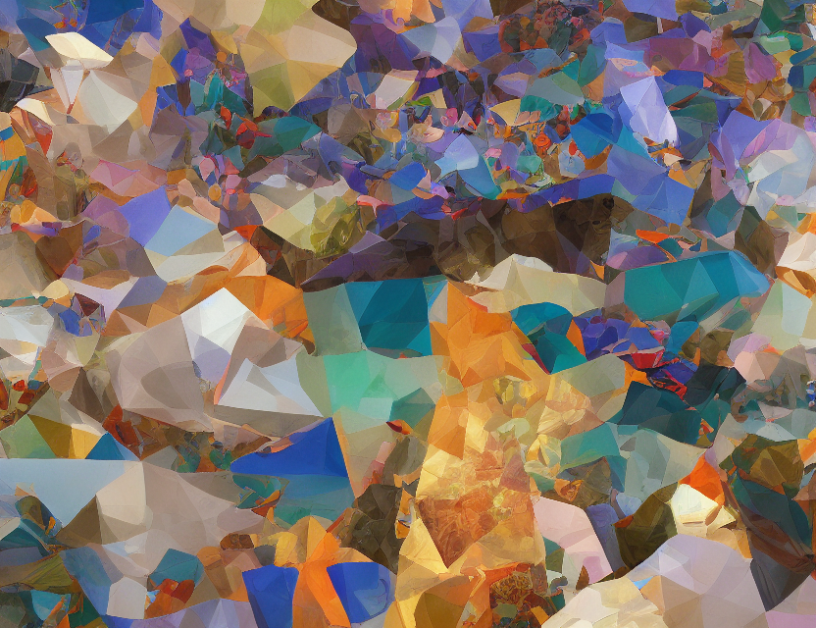Several works have been proposed to tackle the problem of text-guided image inpainting. These can be broadly classified into two categories: (1) methods that use a single condition, such as an exemplar image or text description, and (2) approaches that consider both conditions, such as a combination of exemplar images and text descriptions.
One notable work in this field is the Text-Guided Subject-Driven Image Inpainting task, which generalizes previous tasks by accepting both conditions simultaneously. This approach considers the overall scene’s volume of information from the reference image and maximizes the CLIP similarity between the content generated and the text prompt.
Another important work in this field is SmartBrush, which utilizes an existing segmentation dataset to fine-tune the text-to-image model rather than generating masks randomly. This approach can be seen as a data augmentation strategy that enhances the model’s performance by providing more information about the object’s location and boundaries.
Challenges in Text-Guided Image Inpainting
Despite the progress made in text-guided image inpainting, several challenges remain unsolved. One of the primary difficulties is deciding the number of tokens for each reference object since there is no ground truth to guide this decision. Moreover, it can be challenging to determine which reference object requires more detail, and this remains an open problem for future research.
Another challenge is capturing the detailed information from the CLIP image embedding, which may fail to represent the object’s characteristics accurately. To address this issue, AnyDoor proposes using the high-frequency map of the reference object as additional information. This approach can help improve the model’s performance by incorporating more contextual information about the object’s location and features.
Conclusion
Text-guided image inpainting is a promising technology that has the potential to revolutionize various industries. By leveraging both visual references and text descriptions, researchers have been able to develop innovative approaches to fill in missing parts of an image. While challenges still remain unsolved, the progress made in this field is substantial, and we can expect further advancements in the coming years. As these technologies continue to improve, they will undoubtedly find applications in various domains, from image restoration to augmented reality, and beyond.



